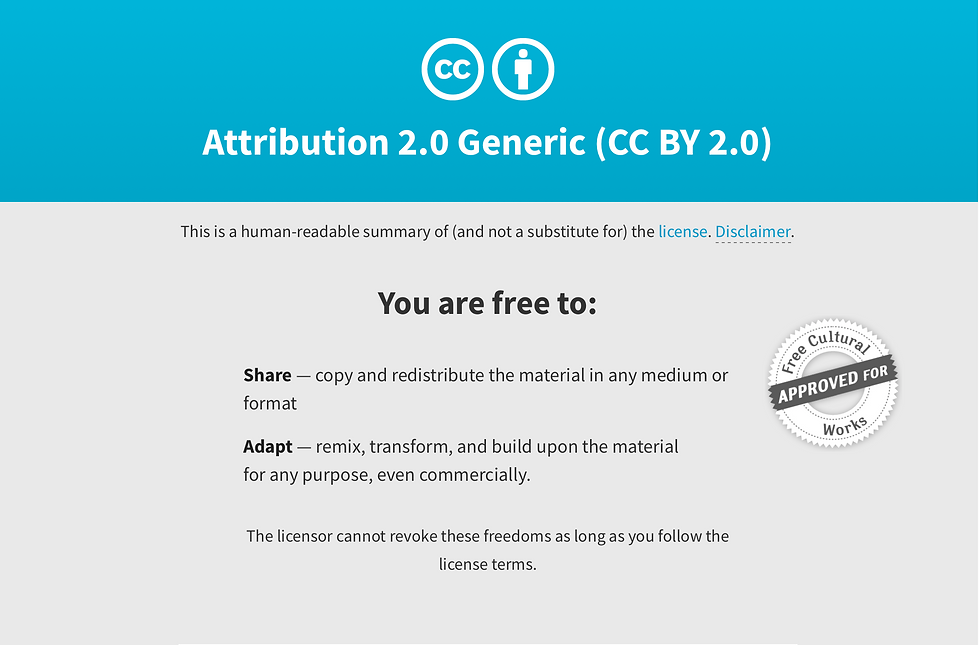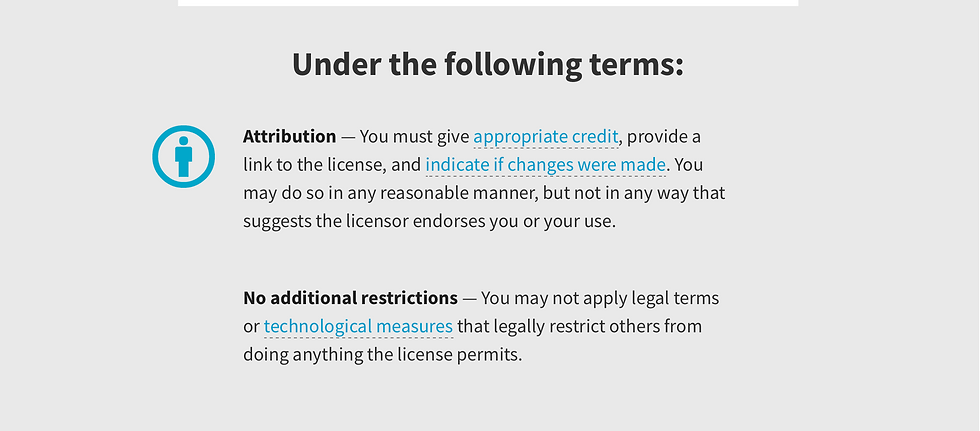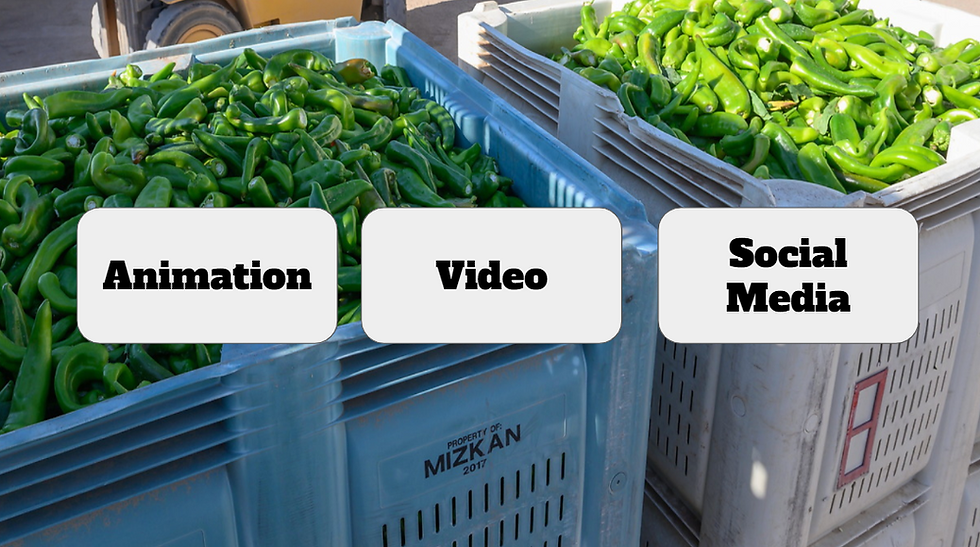Finding Photos for NMSU Extension Network
- Web Development Team

- Jun 3, 2021
- 4 min read
Updated: Jan 26, 2023
NMSU photo sites
New Mexico State University has many photo resources for students and staff to use.
NMSU Photo Archive: (for official NMSU use only): These images and video clips are tagged with metadata and are easy to search. More than 10,000 images have been added, with more coming online soon. If you know of specific images which haven’t yet been included, request them using the ‘contact’ form at the top of the page.
ACES Photoshelter Archive: A collection of promotional and historical photos from the ACES College, including Extension and Experiment Station activities. All photos in the public galleries are free to use, with organization and metadata to help you find specific activities, people, plants, and animals.
ACES Photos: A collection of photos from NMSU’s College of Agricultural, Consumer, and Environmental Sciences (ACES), which includes most extension content areas (such as crops, health, youth development) and several locations around the state. All photos are available to download.
NMSU Library Archives: This site houses historical photos of both Las Cruces and NMSU. These photos are not downloadable; however, larger versions of these photos are available by request from the library archives.
US government and non-profit sites
If you are looking for other free photos, there are several publicly-available, non-NMSU, image websites at U.S. government and non-profit sites.
USDA - United States Department of Agriculture
Stock photo sites that are intentional about diverse representation in terms of people, environment, situations, activities, etc.
CreateHER Stock - This site features photos of melanated women in a variety of contexts. Users can enroll in a subscription to access all the images or use images from their freebie collection.
Tetra Images - This site has stock content that is available for individual or bundle purchases. Tetra’s Blend collection features the multicultural and ethnically diverse content of the site.
TONL - This site presents images representing people of different backgrounds, cultures, and ethnicities in a variety of contexts and activities. Users can purchase individual photos or subscribe to a monthly plan.
Pexels -This site has free stock content. While there is not the same focus on diverse content as the other sites, there are choices and recommendations to iStock photos.
Pixabay - Similar to Pexels, this site has free stock content with some diverse choices and recommendations to iStock photos.
Nappy - This site offers beautiful, high-res photos of black and brown people to make it easy to be purposeful about representation. Their photos are all freely available for use.
Photo hosting services
Unsplash offers free photos for use, though users are not allowed to use the images for profit (such as in a book that will be sold or in paid advertising).
Flickr is a photo hosting site for photographers. Artists post their photos and decide what license to offer. Some are offered under Creative Commons licenses, which may be free to use as long as you attribute authorship to the photographer, and don’t use the images for profit. Check the licensing requirements for each image before using.
Stock Photo Services
In addition to free sites, there are photo sites which offer paid, stock photos (such as Shutterstock and iStock. These for-pay sites offer different licenses and subscriptions, with different limitations on how you can use these paid photos. These often give a greater variety of professional, posed shots with people (for example, if you are looking to illustrate a certain scenario, such as “couple experiencing financial stress”). Diversity of people and environments, and the sheer number of photos, make finding just the right photo easier. Many people appreciate the ability to purchase a photo and then use it without worrying about attribution. Most services offer per-image or monthly subscription image packages.
Shutterstock https://www.shutterstock.com
iStock https://www.istockphoto.com
POCStock https://www.pocstock.com (offers a wider range of people of color)
Photo Use and Crediting Guidelines
Understanding Licenses
Which photos are usable and which are not? Public domain photos are available for use, reuse, and incorporation into other works. Photos with a Creative Commons license (meaning the photo’s owner has granted certain types of permission for others to use their work) are also available for public usage.
Creative Commons licenses always require that you acknowledge the creator. They may have other restrictions, such as being available for non-commercial use only. Some Creative Commons licenses allow for altering or “re-mixing” images. Others do not. Make sure to read the license carefully. Remember, not all images are licensed under Creative Commons, so if you find an image on the Web that is not clearly labeled with a license, it is very important that you ask the photographer for permission. Always give credit to the image’s creator. If you intend to purchase the image, be aware that the image is for your use only; sharing is not permitted.
Check sites thoroughly for their instructions about attribution. Absence of information does not imply “free use” of photos. It just means you have to dig deeper and, perhaps, contact someone.

Image by Andrea, Cat, CC BY-NC 2.0, Edited
Flickr lists the license options and allows you to search for specific licenses such as “allowing commercial use.”
Certain sites, such as Flickr, list term guidelines and attributions with each photo. To access these guidelines, click on the “Some rights reserved” hyperlink below the photo. The link takes the user to the Creative Commons website and lists whether the photo is available for use and, if so, under what terms.
In the example above, the user is free to use the cat image for any type of medium or format and to adapt, transform, and/or build upon the material.


Attribution: giving proper credit
The user must also give appropriate credit with each image. The user must provide the image title, creator’s name, the name and link to the specific creative commons license, and indicate if changes were made. Different sites have different rules, but, for example, the cat image above would be credited as Image by Andrea, Cat, CC BY-NC 2.0, Edited.
Creative Commons suggests also including the licensing information for the photo, such as “licensed under CC BY 2.0” (or the relevant Creative Commons license). These pages have more information about best practices for attribution of Creative Commons licensed images. http://creativecommons.org/ and https://wiki.creativecommons.org/wiki/Best_practices_for_attribution.
If you are unable to access specific terms and guidelines, and have permission from the creator to use their image, you can also use the following formula:

